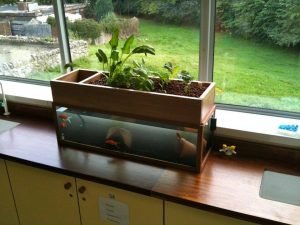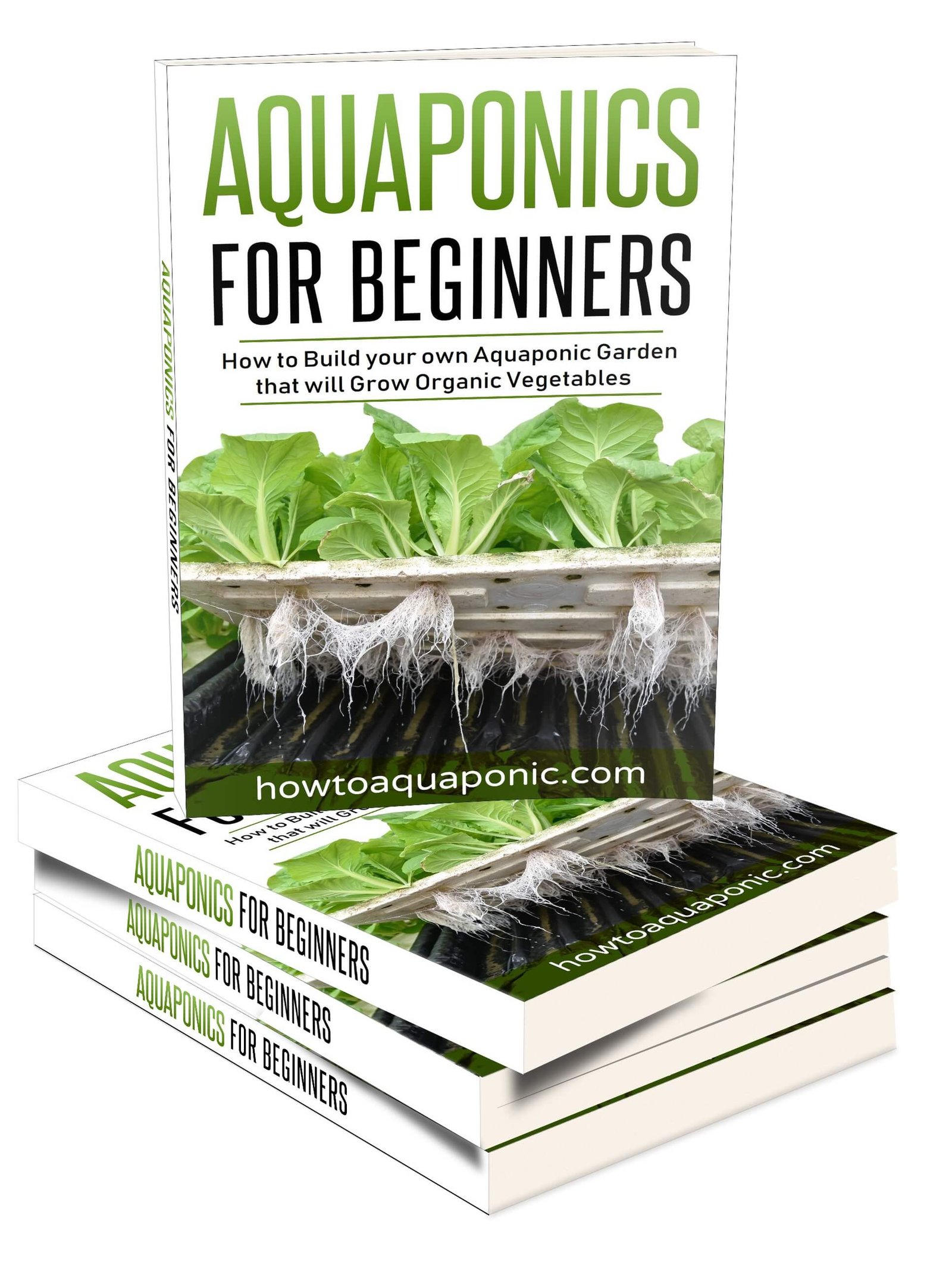Indoor plant growing is known to have a positive effect on people. Generally, plants produce oxygen as their by-product of photosynthesis that people inhales for the normal functioning of their bodies. There is no question why houseplants have become so popular in most homes today. People are discovering that some food crops do very well indoors.
 It makes sense that if you’re going to grow plants then grow those plants that will create other benefits as well. Those that can produce fresh food and at the same time, help to decorate your house. Indoor aquaponics allows you to do this very effectively and without the hassles of fertilizing, potting soil and watering.
It makes sense that if you’re going to grow plants then grow those plants that will create other benefits as well. Those that can produce fresh food and at the same time, help to decorate your house. Indoor aquaponics allows you to do this very effectively and without the hassles of fertilizing, potting soil and watering.
Indoor aquaponics involves the growing of plants and rearing of fish indoors. The two live in a symbiotic relationship with each other. Fish produces lots of waste. Fish waste is full of the nutrients that plants love.
In a typical fish tank, water is circulated through a filter that removes these materials from the water tank. Failure to this will make this waste accumulate to levels that can be toxic to the fish. In aquaponics, plants and worms use this waste from fish, hence there no need for its removal (on a small scale). For more information about the aquaponics cycle click here.
Plants filter the water and make it clean again for the fish. So with Indoor aquaponics, water can be recycled over and over. Fish continually produce waste with nutrients that the plants use hence water in the tank remains clean all through.
Plants don’t really need soil to grow, they just use soil to get nutrients and water out of it. If you give plants nutrients and water directly in a closed setup like in a room with sufficient lighting, then you can by-pass the importance of soil. You will be in a position to avoid those tiresome activities like digging, soil conditioning and getting your hand dirty hence to be in a position to produce food crops and fresh fish indoors that are naturally made and free from any toxic substances.
The aquaponic system is very common in a closed system like a greenhouse, or outside if the climate allows it. It also works great indoors. An advantage of indoor aquaponics system is the ability to control the climate to meet your system needs. When outside, the weather will determine what you and when to can grow. But in an indoor setup, you can control the surrounding temperature and eliminate common garden pests. No more snails, gophers, weeds, slugs, or any of those pests commonly found in a gardening system
With aquaponic systems, you can grow more food in a smaller space. You can alternate crops and make a nice contrast that is quite decorative in your home. And imagine being able to pick fresh organic produce right out of your living room.
In conclusion, Indoor aquaponics heavily depends on fish (they are the ones supplying the foodstuff for your plant life), you’ll need to take proper caution of them to make certain that the system can provide suitable results. What this means is that you’ll must ensure that the water provides the ideal temperature, PH stages, light in addition to your required amount of oxygen to help your fish inside a healthy environment. Just, overseeing the liquid and feeding a fish is all you’ll need to do to be prepared to grow vegetation from your aquaponic system.
 I have written a book that contains all the information you need to get started with aquaponics.
I have written a book that contains all the information you need to get started with aquaponics.
Don’t be the person that makes painful mistakes during your first aquaponics build!
It has 265 pages filled with information about aquaponics. It’s available in paperback or eBook format.
You can buy it here on Amazon.com

Nick loves building, managing and giving others advice on aquaponics. He created this website to do just that. He is the author of Aquaponics for beginners. If you got a question contact him here or read more on the about page here.
